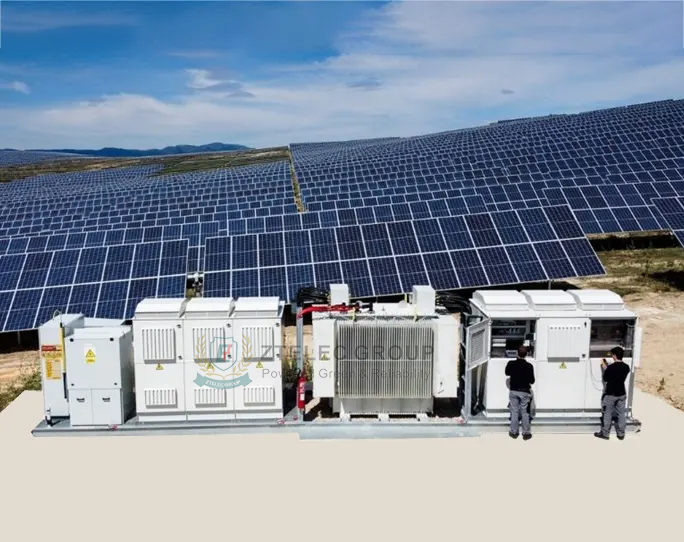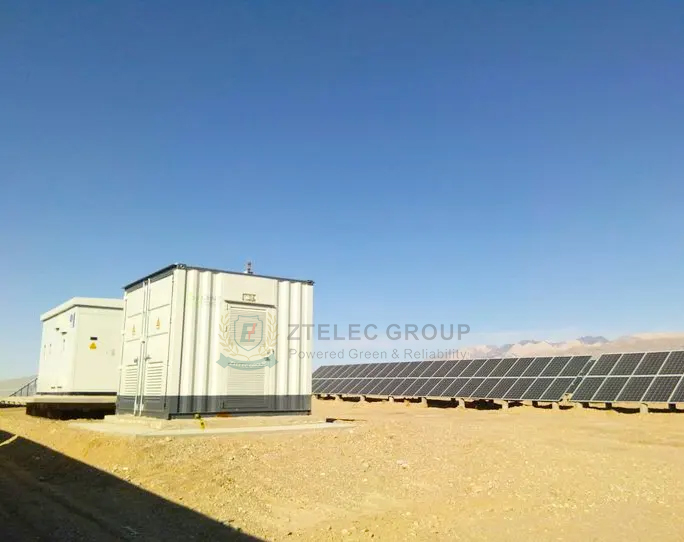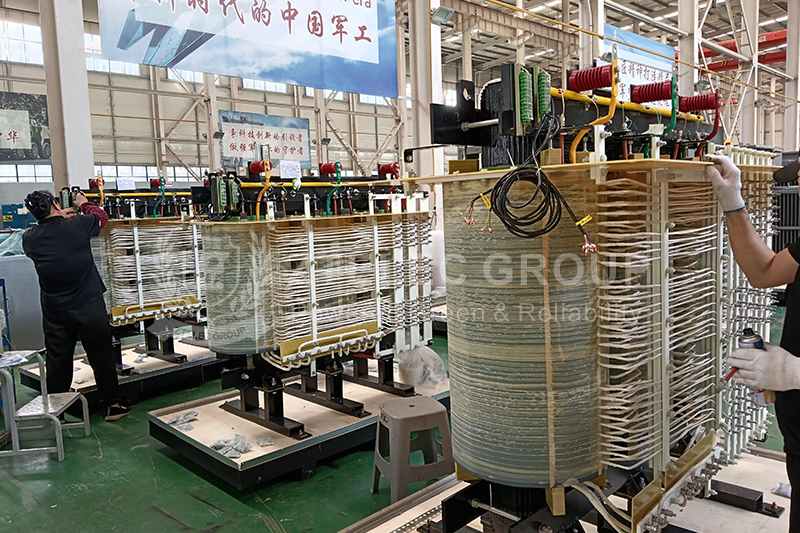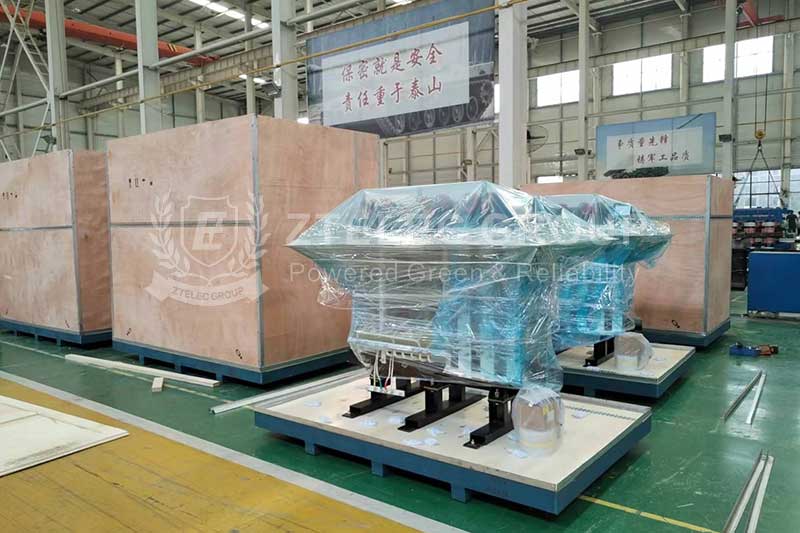How to choose a solar transformer, what are the classifications and factors
2023-11-24 13:52 | By: ZTELEC-www.ztelecgroup.com | 62click
Power plants require step-up transformers, but depending on the size of the inverter and power plant, the size of the transformer requires more valuable input.
Transformer definition:
A transformer is a static device that changes power from one source to another without changing frequency. Transformers are always unity power factor devices. It has no lagging and leading power factor. The transformer power factor mainly depends on the load power factor.
Transformers are classified based on application.
1) Step-up transformer
II) Step-down transformer
III) Autotransformer
IV) Step-up transformer
V) Furnace-working transformer
VI) Zigzag transformer

Factors to consider while sizing an inverter transformer:-
1) Power factor:
The rated power factor of a solar inverter is unity power factor. Therefore, transformer selection should be based on unity power factor and not on the 0.8 pf level. Earlier, in India, most PV plants had transformers rated at 0.8pf. Based on the 0.8pf transformer rating of 1.25% and above, the cost is also high.
The main advantage of a solar photovoltaic power plant is the inverter, which provides power at unity power factor. If the inverter is rated at 1000kw then your transformer is also rated at 1000kVA, it cannot be sized to 1250kVA.
II) Load capacity:
When signing a contract with an inverter supplier, the customer requires the supplier to provide a load capacity test report of the inverter during different load periods. Generally in India, there is more solar radiation from February to June. Therefore, the inverter will work more efficiently during February-June. It reaches the maximum power specified on the nameplate. But this is not a continuous job. That is, it will provide power within minutes during peak generation periods.
Example: If the inverter capacity is 1000kW, it will provide a maximum power of 950 to 960kW when the solar radiation reaches its peak [Indian production is higher in March].
According to IEC and IS standards, the load capacity of a transformer is 95%, but most people's misconception is that the load capacity of a transformer is 80%. When the transformer reaches more than 95% of its rated capacity, the main trip relay automatically sends a trip signal to the circuit breaker. Based on a 1MVA transformer, 95% load will be 950kVA and the inverter will never reach the nameplate rating. So the best way to transform the transformer ratio is
Inverter rating 1kVA = Transformer rating 1kVA

III) Transformer losses:
Transformer losses depend on the rated capacity of the transformer. The higher the transformer rating, the higher the losses, and when a designer implements a 1250kVA transformer design for a 1000kW inverter, the losses in the system will increase due to the higher rating of the Trafo. [The transformer ratings here are based on 0.8pf, which is not the correct design for a PV plant]
Here I have mentioned the load and no-load losses of the transformer as per CBIP norms.
Suitable for 11 / 0.433 kV 1000 kVA transformer
Load loss: 10.4 KW & No-load loss: 1.4 KW
Suitable for 11 / 0.433 kV 1250 kVA transformer
Load loss: 14 KW & No-load loss: 2 KW
Large photovoltaic project [> 5MW]
For large-scale photovoltaic projects exceeding 5MW, independent power evacuation systems will be considered. Large-scale photovoltaic projects often require switchyards. Now, when sizing power transformers for larger-scale photovoltaic plants, strong technical input is once again required.
tags:Price of a 1600kVA 10kV Cast Resin Dry-Type Transformer35kV dry-type transformer protection10kV oil-immersed transformer110 kV oil-immersed transformerOil-Immersed Transformer Maintenance
- more+releated article
- 2025-12-13How to Select and Use Phenolic Cloth-base Lami
- 2025-12-13How Much Does Bakelite Sheet Cost? 2025 Price
- 2025-12-13Why are most 3240 epoxy boards yellow?
- 2025-12-13What are the Main Applications of FR4 Epoxy Bo
- 2025-12-13Why Does the Price of Insulating Paperboard Va
- 2025-12-13Heat-Resistant DDP Insulation Paper
- 2025-12-13Comparison of Heat-Resistant DDP Insulating Pa
- 2025-12-13G10 and FR4 Epoxy Boards: Commonly Used for Ge
- 2025-12-13The Price of Heat-Resistant DDP Insulation Pap
- 2025-12-13How to Choose Epoxy Laminate Materials for Gen





